In the concluding post of this special blog series, we’ll be exploring the objects from our collection that highlight Coventry’s role in Britain’s industrial and cultural history. Read about Coventry’s role in Britain’s industrial and cultural history in Unravelling a history.
The wheel to ride
In the 1960s Coventry, ‘Motor City’, was the heart of British car manufacturing. But Coventry’s role in transport history began a century before as the birthplace of the modern bicycle.
The Coventry Machinists’ Company, which originally made sewing machines, was the first company in Britain to mass-produce bicycles. In 1868, the company accepted an order to make 400 velocipedes, an early form of bicycle, for the French market where they were all the rage. Known as ‘boneshakers’, these early bicycles were uncomfortable and heavy. Engineer and inventor James Starley first made his mark by making improvements to the velocipede design and then with his company, Starley and Hillman, and the radical “Ariel” ordinary bicycle, also known as the “Penny Farthing” named after its differently sized wheels.

In the late 1870s bicycle manufacturers were exploring new, safer designs that would allow the rider to be closer to the ground. The British inventor John Kemp Starley (nephew of James Starley) designed the first successful “safety” bicycle in 1885. Known as the “Rover”, it had all the basic features of standard modern bicycles, including chain drive, which meant that both wheels could be the same size. With the introduction of the safety bicycle, cycling became enormously popular. For the first time, women and the working classes could enjoy private travel experiences previously restricted to the wealthy.
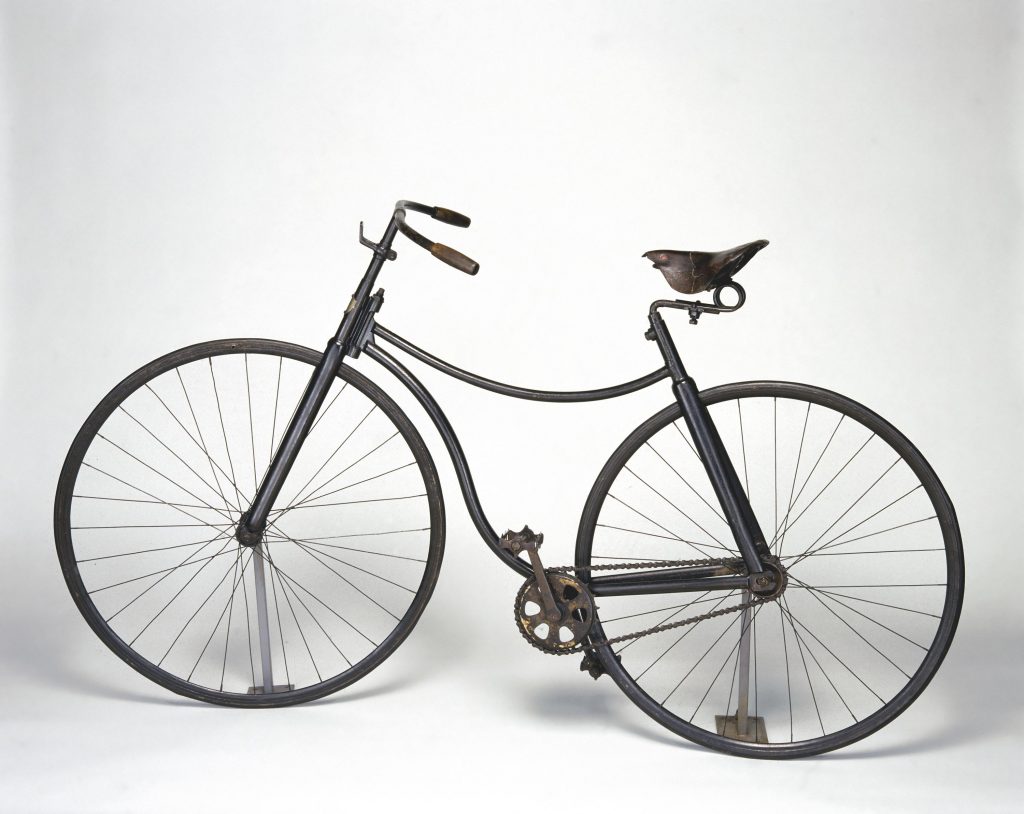
Rudge, Humber, Singer and many other Coventry bicycle manufacturers were quick to follow suit making their own safety bicycles. By the 1890s, Coventry had developed the largest bicycle industry in the world employing nearly 40,000 workers across 248 firms. The skills and experience making bicycles meant Coventry was well placed to lead the development of the next change in personal mobility… motor vehicles!
Between 1895 and 1900, inspired by developments across Europe, Coventry manufacturers experimented with attaching engines to their bicycles and tricycles. Eventually, motor-driven bicycles became motorcycles which were followed by motorcars.
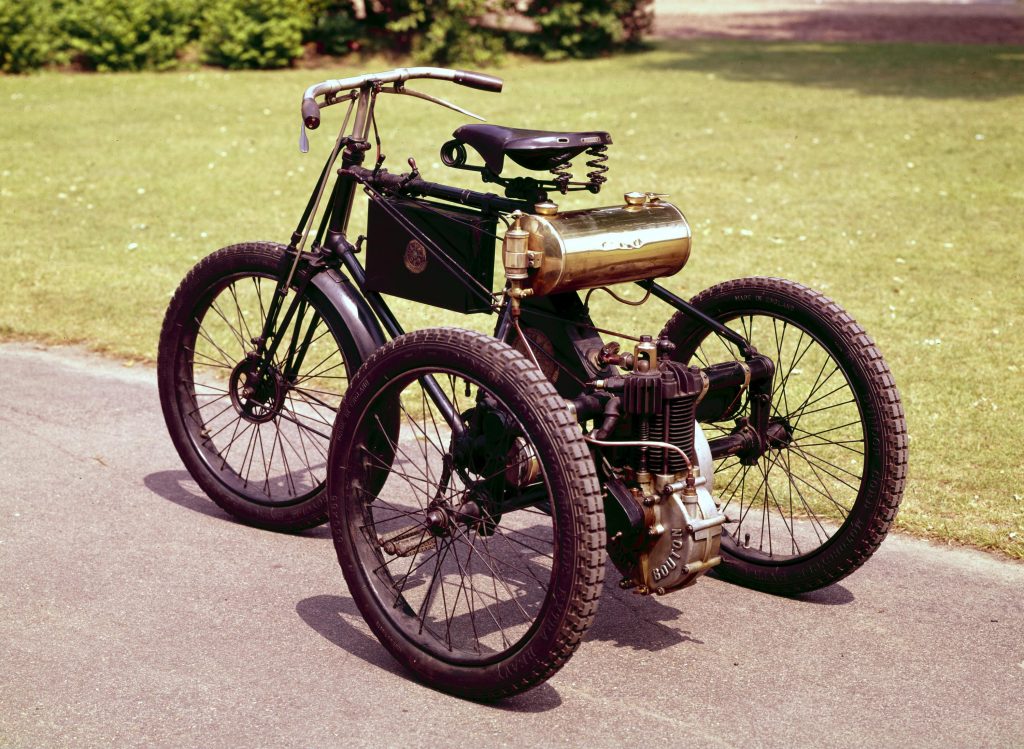
In 1896, inspired by the recent German invention of the motor car, Henry Lawson founded the Daimler Motor Company and opened a factory in Coventry to become the first mass car manufacturer in Britain. The company’s success attracted other motor firms to the city who also benefitted from the component and machine-tool industries which had grown out of the bicycle trade.
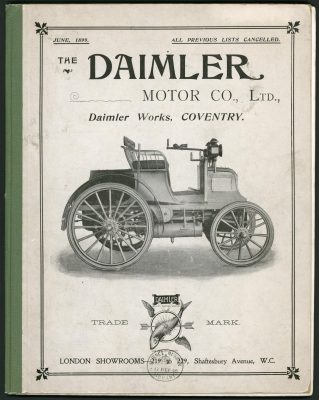
Cities across the country developed their own motor trade, but Coventry, with its skilled workforce and specialist equipment, was the ideal place to invest and advance the new industry. From Triumph to Rover, many Coventry firms flourished. The range of components and vehicles were vast, including motorcycles, lorries, tractors and, from 1919, London Hackney Carriages or black cabs as they are known today.

During World War II, Coventry sustained a huge amount of air-raid damage. The damage to factories was so severe that some firms, including Singer Motors and the Rover Company, stopped manufacturing in the city. But like a phoenix from the ashes, Coventry’s motor industry recovered. Between 1950 and 1951, Rootes and Standard jointly accounted for a quarter of British car production.
But ultimately, the heyday did not last. During the 1970s a combination of labour disputes, bad management and international competition pushed Coventry’s automotive industry into decline. Despite the largescale collapse some manufacturers survived. Household names Jaguar and Aston Martin continue to have a strong presence in the city today.
Flying towards the Jet Age
During the First World War Coventry’s motorcar industry adapted to wartime needs and started manufacturing aircraft, aero-engines and related equipment. Aircraft production expanded dramatically in the 1920s with the transfer of Armstrong Whitworth’s aircraft and motor sections to Coventry. Through purchases and mergers, Armstrong Whitworth became Armstrong-Siddeley and built a range of low- and mid-powered aircraft engines named after big cats.
Coventry-born Frank Whittle was a cadet in the Royal Air Force in 1928 when he had the idea for a gas turbine engine. He saw that this would enable aircraft to fly far higher and faster than with a piston engine and a propeller.
Whittle had problems in getting finance for his invention, but by 1936 the threat of war encouraged rearmament. The Air Ministry began to support development and, in May 1941, Britain’s first jet-powered aeroplane, the Gloster-Whittle E.28/39, made its first flight with the experimental Power Jets W.1 engine (1946-26). These flights were so successful that quantity production was assigned to the Rover car company. Power Jets nationalised in 1944 and evolved into the National Gas Turbine Establishment.
The W2/700 is a poignant relic of the Whittle team and the short-lived Power Jets company. It was, in their view, their best engine but, by the time it was developed, manufacture had passed to the mainstream aero-engine companies and Power Jets was converted into a national gas turbine research centre. Whittle did not achieve his dream of manufacturing the jet himself, but he led Britain into the jet age and established it as a major centre of gas turbine design and manufacture.

Lines of Communications
In 1921, the General Electric Company (GEC), a company trading in ‘anything electrical’, opened its Coventry factory to take advantage of the city’s growing population and cheap female labour.
Focusing on communications equipment, GEC’s Peel-Conner Telephone Works built a range of goods including this 1923 ‘GECophone’ crystal detector radio set No. 1, an early receiver which used the power in the radio waves themselves to generate sound through the headphones.
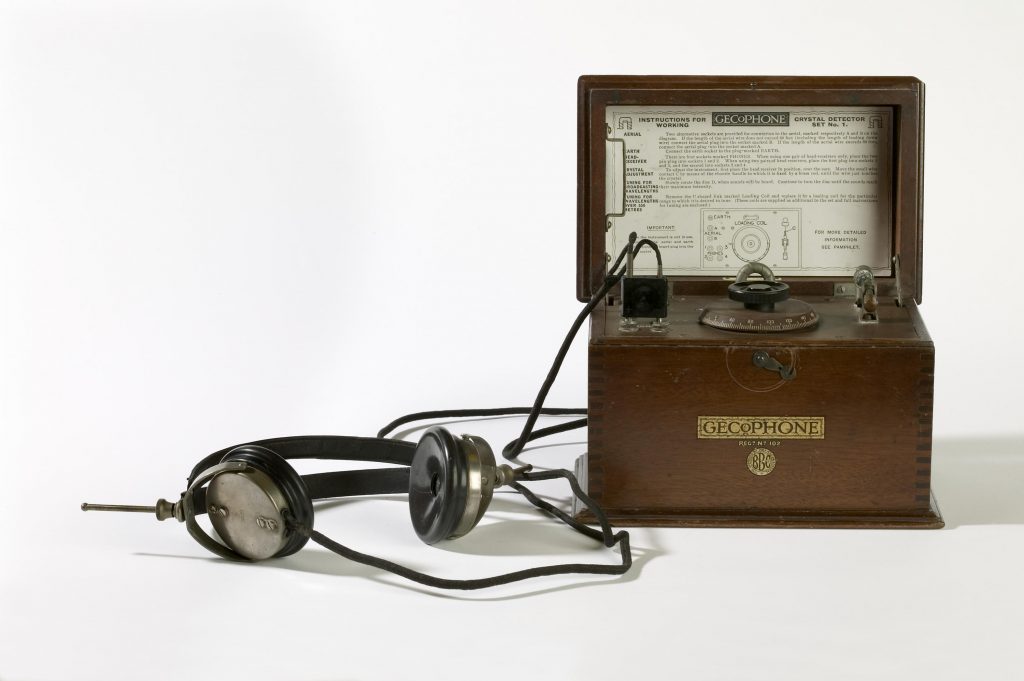
As the popularity of wireless radios and telephones grew, so did GEC’s workforce and by the late 1930s it had overtaken Courtaulds as Coventry’s major employer of women. Although considered ‘unskilled’ at the time, women were involved in most stages of assembly, including coil winding, wiring, testing and finishing, and accounted for 80% of the factory’s manual workers.
Women were seen to possess skills suited to GEC’s needs, such as attention to detail and nimble fingers to produce and handle thousands of identical small parts. GEC continued to an important source of employment for Coventry women well into the 1970s but being paid less than their male counterparts led to dissatisfaction and industrial action. When the introduction of new materials lowered their piece rates in 1973, 200 workers went on strike and successfully negotiated a change in pay.
GEC played an important role in developing Britain’s telephone network as one of the four (later five) companies supplying the General Post Office with telephone exchanges and equipment, much which came out of Coventry’s factory. While telephone-related goods remained a key output, the factory developed other equipment including radar for the Ministry of Defence during World War II, television sets and later products for the nuclear industry.
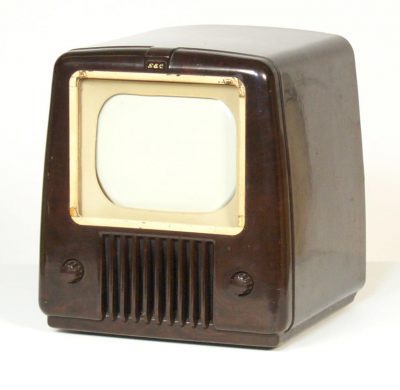
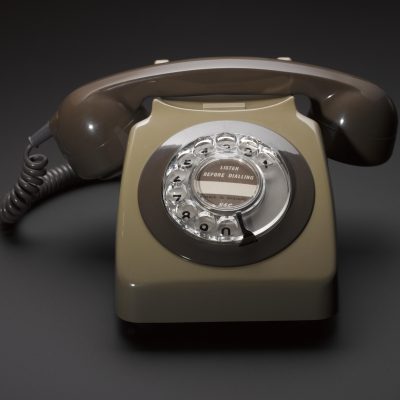
Conclusion
Coventry has always been a city of reinvention, leading transport revolutions and connecting the world. While the City of Culture award allows us to focus on the cultural impact of Coventry, the city has shaped so many aspects of our modern lives, from transport to watch-making to fashion. As it looks towards the future and the new emerging industries, we’re sure Coventry will no doubt continue to play a key role.